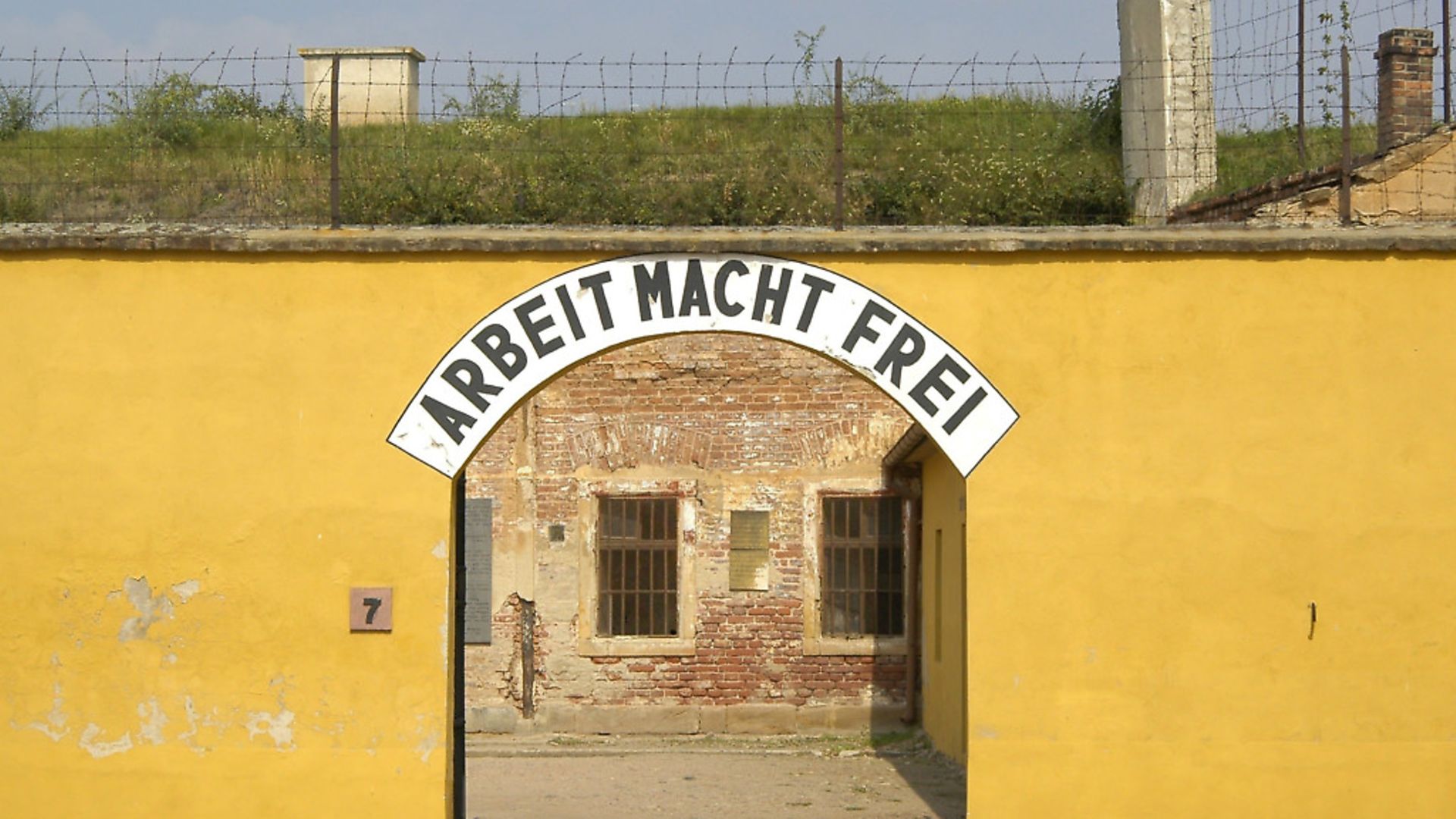
WILL SELF discusses the relationship between the horrors of 20th century death camps and how they are now memorialised.
When – as over the last couple of weeks – I’m teaching Kafka’s Metamorphosis to young Britons from diverse heritages, I emphasise the oddity of its author’s own cultural context at the time of writing. This notorious tale of the apparent transmogrification of a young man into “a monstrous vermin” was composed by a young man who was himself in a curiously embryonic position: The German-speaking Jewish community in Prague numbered around 50,000 by the time of the First World War – and were islanded in a large Czech-speaking urban population. Of course, the city of Prague was itself islanded in a Bohemian hinterland largely populated with German speakers – but then, arguably, these people were themselves a minority in the Czech province of the Austro-Hungarian Empire.
So: A minority within a minority within a minority within a minority within a huge and diverse state formation – a minority which, a few years later was, in a few short months, transported first to Theresienstadt (or Terezin in Czech), an 18th century fortress 40 miles north of Prague, where they either succumbed to malnutrition and disease, or were transported on to the Nazis’ death camps. The entire Prague Jewish community was annihilated – including Kafka’s three sisters; the writer himself only succeeding in evading the Holocaust by providentially dying of tuberculosis 18 years earlier.
Kafka’s use of the term “Ungezeifer” to define his protagonist Gregor Samsa’s altered state has often been interpreted as evidence of the writer’s prescience: For didn’t the Nazis dehumanise those they exterminated by labelling them “vermin” – just as the Rwandan Hutu labelled their Tutsi neighbours “cockroaches”? But really, any sincere reading of Metamorphosis would preclude any such supernatural interpretation: Kafka himself stressed that if the cover was to be illustrated there should be no representations of insects or bugs at all, only a picture of a depressed young man languishing in bed – and really, like all great works of literature, the novella’s themes of economic alienation, familial dependence and the temporally bounded nature of human being, are absolutely universal rather than contingently particular.
Anyway, all of this came to my mind when I saw that Angela Merkel had visited Auschwitz – her first official visit to the most notorious of Nazi camps – in what was widely seen as an attempt to simultaneously quieten the increasingly racist clamour of the German right, and shore up her own coalition government. “This site obliges us to keep the memory alive,” Merkel said during her visit, “we must remember the crimes that were committed here and name them clearly.” Moreover: “I feel deep shame given the barbaric crimes that were committed here by Germans.”
It’s a difficult and uncanny political valley that the chancellor has to straddle with this remark – after all, why should she feel deep shame about the Holocaust any more than you or I, unless she subscribes – at some ulterior level – to the same sort of conceptions of national character that informs the bigotry of Alternative für Deutschland? There’s also something a little weird, in my view, in the memorialisation of these sites – the idea is that the people who visit Auschwitz in increasing numbers (doubled in the past five years to 2.1 million annually) will never ‘forget’ the Holocaust – but since they didn’t participate in it to begin with, it seems more likely to me that experience will become simply one among scores of tourist destinations; remembered – if at all – because they took a selfie in front of the Arbeit macht frei sign, or managed to purloin a bit of the camp’s physical infrastructure as a ‘souvenir’.
I never wanted to visit any of the Nazi’s camps – concentration ones, extermination ones, or hybrids such as Auschwitz-Birkenau; but a few years ago, when making a film about Kafka, I did end up going to Theresienstadt. I’d done my research, and knew how the camp had been used in 1943 to make a grotesque fake propaganda film, depicting the star-shaped bastion – no more than a kilometre square, but at its peak the ‘home’ for some 20,000 inmates – as an innocent venue for Jewish resettlement. Nevertheless, it was still a shock to be shown the cell in the fortress where Gavrilo Princip died, chained to the wall, in 1918. I’d known that the assassin of the Archduke Ferdinand, and the proximate ’cause’ of the First World War had been imprisoned here – what I hadn’t known is that he’d been so savagely treated by his captors, that when he succumbed to the same killer as Kafka, tuberculosis, he weighed only 80 pounds.
I’ll never forget that – but then I’ll also never forget either the afterlife of the Theresienstadt fortress. My Czech guide – who’d spoken at length on the torture of the great Slav nationalist – said nothing of how, following the collapse of Nazi Germany, the camp was reopened by the Czech partisans, and used to imprison, torture and execute the Bohemian Germans who were viewed as Nazi accomplices. This was just part of a spasm of violence that between 1945 and 1947 claimed the lives of perhaps as many as two million German speakers in the formerly occupied territories. A cockroach-stamping spree hardly anyone has forgotten – because, in a manner some might call Kafkaesque, they never cared to acknowledge it in the first place.










